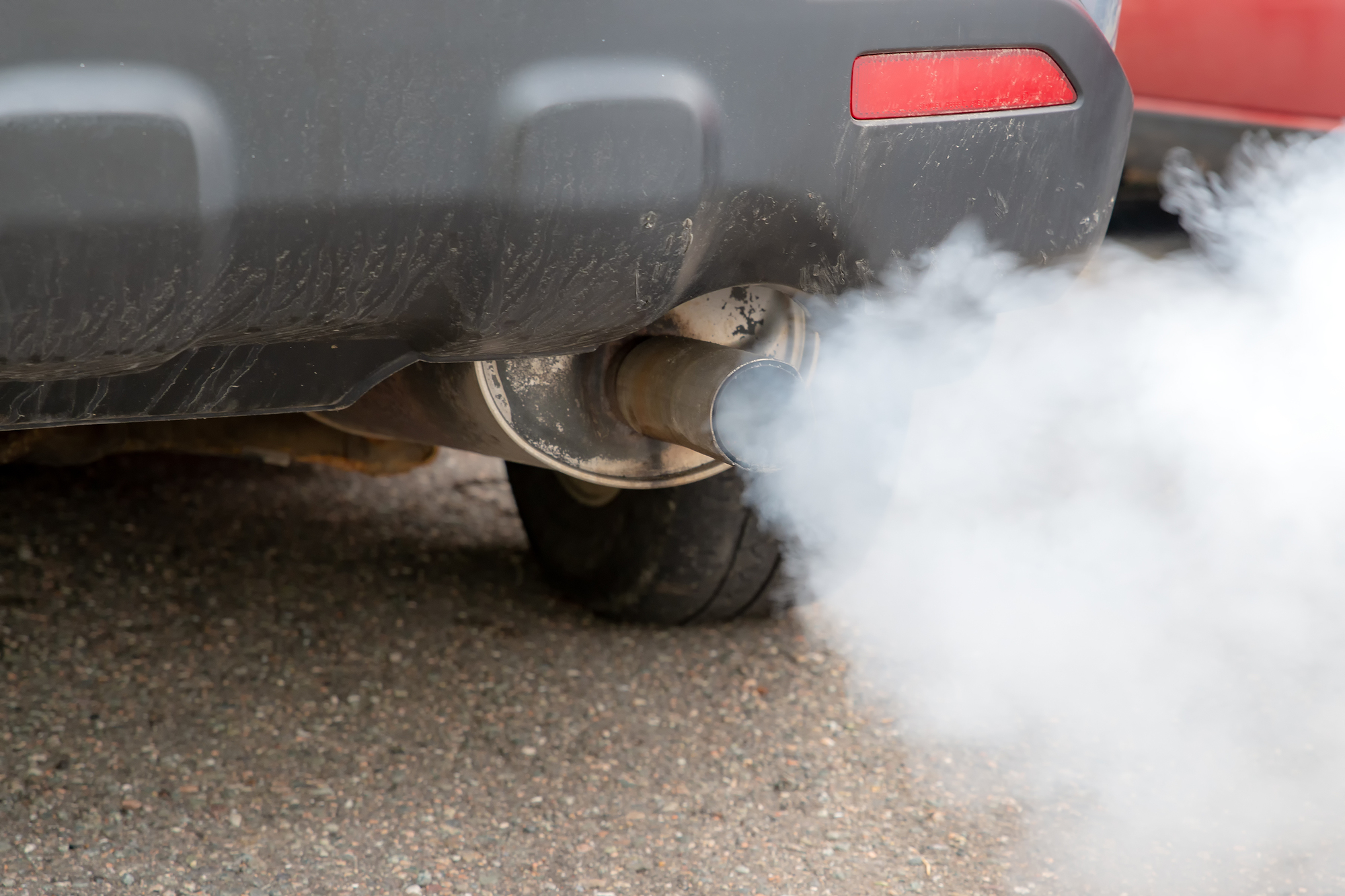How to get a loaner car from dealership


If your car needs repairs or maintenance that will take a while, you might be able to get a loaner car from the dealership. A loaner car can help you avoid the inconvenience of being without a vehicle, but the process of getting one can be confusing if you’ve never done it before.
In this article, we’ll walk you through the steps you need to take to get a loaner car from a dealership, including the documents you’ll need to bring and what to expect during the process.
Qualifying Circumstances
Individuals who meet specific requirements may qualify for a loaner car. This includes circumstances such as being without transportation while a vehicle is being repaired, having a valid driver’s license and insurance, and complying with dealership policies. Loaner cars may also be available to individuals experiencing unexpected emergencies or needing to travel for work-related purposes. It’s important to communicate with the dealership about your needs and eligibility to determine if you meet qualifications for a loaner car.
In addition to the aforementioned qualifying circumstances, potential borrowers should be aware of additional requirements they must abide by when using a loaner car. These include driving within designated areas, maintaining responsible driving habits, adhering to rental agreement terms, and returning the vehicle in good condition upon completion of use.
If someone requires assistance with transportation due to their vehicle undergoing repairs or mechanical issues, obtaining approval for a loaner car can be crucial. A timely solution often helps individuals quickly resume daily responsibilities and minimize disruption to their routine.
A customer at a local dealership recently broke down on their way to work, resulting in the need for extensive repair work. Due to their job requiring reliable transportation, the dealership approved them for a loaner car until servicing was completed. The timely solution greatly reduced stress and allowed them to continue fulfilling professional obligations without interruption.
Dealership Requirements
To be eligible for a loaner car, the dealership has certain requirements that must be met.
- The customer must have a valid driver’s license and insurance in order to be approved for a loaner car.
- The dealership may place restrictions on the duration of use for the loaner car and require that it only be used for certain purposes.
- A deposit or credit card authorization may also be required before the loaner car is lent out.
Additionally, it is important to note that different dealerships may have varying qualifications and rules for loaner cars.
According to Consumer Reports, some dealerships may charge customers for the use of a loaner car, while others will provide them free of charge as a courtesy.
Requesting a Loaner Car
To request a loaner car from a dealership, you need to follow some simple steps. Contacting the dealership and providing necessary information are the two sub-sections that will help you get a loaner car quickly and efficiently. In this part of the article, we’ll discuss how to do both of these things effectively so that you can get back on the road with minimal hassle.
Contacting the Dealership
Connecting with the dealership can be done through various channels. Utilizing the phone, email or visiting in-person are all effective ways to contact them. It’s important to have your necessary information readily available to make the process smooth and efficient. A professional tone is recommended when speaking with dealership representatives.
When requesting a loaner car, it is essential to provide adequate information regarding the reason for needing one, as well as your personal information such as name and driver’s license number. A loaner car may come at an additional cost so be sure to inquire about that ahead of time.
The loaner car request process typically involves filling out paperwork and ensuring all details are correct before receiving the car. To avoid any delays or discrepancies, it is essential to follow the dealership’s policies accordingly.
It’s important to note that certain dealerships may have specific rules regarding their loaner cars, so confirming these prior to requesting one is highly recommended. Some might require you to return it with a full tank of gas or report any damage immediately upon its return.
Providing Necessary Information
When requesting a loaner car, necessary information about the driver and their vehicle must be provided. This includes their full name, contact details, type of car, and the reason for needing the loaner. Providing accurate mileage and expected duration of service will better assist in obtaining an appropriate loaner car.
It is essential to provide valid proof of insurance or rental coverage to use the loaner without extra charges. It is also wise to have a valid driver’s license on hand to claim the vehicle.
Lastly, it is necessary to provide a preferred pick-up and drop-off location that suits your schedule.
Sources suggest that providing all required information beforehand can speed up the process of getting a suitable loaner vehicle with ease.
Loaner Car Policies and Restrictions
To understand Loaner Car Policies and Restrictions with Duration of Use, Insurance and Liability Coverage, you need to familiarize yourself with the conditions set by the dealership. Different dealerships enforce different policies for the provision of loaner cars. This section will cover the duration of use, as well as the insurance and liability coverage of loaner car policies set by dealerships.
Duration of Use
For how long can you borrow a loaner car? The time limit for using a temporary replacement vehicle varies from one rental agency to another. Some companies may impose restrictions on the duration of use depending on the agreement with the car owner or insurance company.
To give an idea, here is a table showing the time frame and corresponding fees charged by some rental providers:
| Duration of Use | Fees |
|---|---|
| Up to 1 day | Free |
| 2-7 days | $25/day |
| 8-14 days | $20/day |
| Over 15 days | $15/day |
It’s important to note that exceeding the given duration may incur additional charges or penalties. It is best to follow the guidelines stated in your rental agreement to avoid any complications.
Furthermore, some agencies may also offer discounts or promotions for longer rentals, which could be beneficial for borrowers who need a temporary vehicle for several weeks or months.
A colleague once told me about his experience borrowing a loaner car for an extended period. Despite following all the rules stated in the agreement, he went over the allotted time by a day due to unforeseen circumstances. This resulted in him having to pay additional fees, which he found frustrating. It’s always wise to plan ahead and communicate any changes or extensions with your rental provider as soon as possible to avoid unnecessary expenses.
Insurance and Liability Coverage
Understanding the coverage liability and insurance policies are crucial when borrowing a loaner car. Liability coverage typically varies from state to state, and it is important to check with your insurance provider to ensure that you have appropriate coverage for the loaner vehicle. It is common for rental cars to have insurance options specified by their respective rental companies, thus renting under additional policies may not be necessary.
When using a loaner car, it is necessary to ensure that all drivers of the vehicle are covered under the applicable policy. Accidents can happen anytime, and it’s better to know what policies cover in case of any mishaps.
It is wise to understand liabilities measures in the event of accidents or loss while using a loaner car as this could save you unnecessary expenses.
Returning the Loaner Car
To successfully return the loaner car you got from the dealership, you need to know the proper drop-off procedures and inspection guidelines. Additionally, you must be aware of the potential damage fees that might come up upon return. In this part, we will explore these sub-sections further, giving you the solution to return the loaner car without any hassle.
Drop-off Procedures
When returning the loaner vehicle, there are specific procedures that must be followed to ensure a seamless handover. These procedures are crucial in maintaining a positive customer experience and should be adhered to strictly.
- Before leaving the vehicle, make sure it is thoroughly cleaned both inside and out.
- Gather all personal belongings and ensure that all of them are accounted for.
- Fill up the gas tank to the level specified by the rental agreement.
- Complete any necessary paperwork or documentation before handing over the keys to the rental agent.
- Double-check with the agent that no further action is required and obtain confirmation of your returned vehicle.
It is important to note that disregarding these procedures may result in penalties or fines from the rental company. Therefore, it is essential to be aware of all requirements when dropping off your loaner car.
Pro Tip: Always keep a copy of your rental agreement and check for any additional fees before leaving the vehicle.
Inspection and Damage Fees
To ensure the condition of the vehicle is satisfactory, the car rental company charges a fee for any damages found during inspection. This fee covers both repair costs and potential loss of revenue from renting the damaged vehicle.
Please refer to the following table for more details on Inspection and Damage Fees:
| Type of Damage | Fee (USD) |
|---|---|
| Minor scratches and dents | $50-200 |
| Major structural damage | $500-1,000 |
| Lost or damaged key | $150-300 |
It is important to note that even small damages can result in fees, so it is recommended to carefully inspect the vehicle before returning it. Additionally, if you were not at fault for any damages, make sure to report this information to the car rental company immediately.
One customer returned a loaner car with significant damage caused by an accident. Upon inspection, the rental company charged the customer over $800 in fees. To avoid experiencing this situation, always drive responsibly and take appropriate precautions while using a loaner vehicle.
Alternative Transportation Options
To acquire alternative transportation options with rental cars and courtesy shuttle services as a solution, this section of “How to Get a Loaner Car from Dealership” will guide you. When your car is in service, dealerships provide a courtesy shuttle or rentals as part of the overall services.
Rental Cars
Renting a vehicle is one of the most convenient transportation options for travel and commuting. Here are four crucial points to note.
- Rental vehicles offer flexible pick-up and drop-off privileges.
- Sizable variety of cars, trucks or vans available 24/7
- Frequent car maintenance checks before offering cars for rental
- No need to worry about repair costs if the rented vehicle breaks down – rental companies cover it all
Rental vehicles also provide additional benefits, such as insurance and roadside assistance. However, it’s essential to understand all the terms and conditions before finalizing your decision.
Are you aware that some companies offer Airport shuttle services with select rentals? The convenience of being chauffeured from the airport could improve your overall trip experience.
A colleague once shared his story about renting a vehicle in Las Vegas. He opted for a luxury SUV and drove through Sin City in style while visiting various destinations according to his schedule rather than relying on public transportation.
Courtesy Shuttle Services
One way to get around without using conventional transportation methods is to utilize the shuttle services available. These transport options are not only affordable but also safe and convenient for those who need a ride to different destinations.
- Shuttle services run on a predetermined schedule, allowing for efficient transportation from point A to point B.
- Most shuttle services offer door-to-door pick up and drop off, saving passengers time and money.
- Courtesy shuttle services operate within certain areas, such as between hotels and airports or theme parks to tourist attractions.
- Also, some shuttle providers offer group travel options, making it an efficient way for large groups of people to move together.
For individuals looking for additional perks with their transportation services, shuttle companies often provide extra amenities like Wi-Fi access or climate-controlled interiors.
It is essential to note that some shuttle providers may require pre-booking reservations or have limited availability in peak season. Hence, it’s recommended that travelers plan accordingly.
A notable historical event regarding this form of transport was the introduction of “dollar vans” in New York City during the 1980s. These vans were privately owned by individuals who operated them like public buses, providing affordable transportation options between neighborhoods. Although controversial at first, these vans remain a popular mode of transport in specific regions even today.
Conclusion: Navigating Loaner Car Services from Dealerships.
When in need of a car while you leave your vehicle for servicing or repairs at a dealership, it’s worth knowing about their loaner services. Communicate with your dealer’s service manager to determine if you qualify for a loaner car program and what the terms and conditions are. Most dealerships have specific criteria you need to meet, like only offering this service to customers whose cars have been purchased or leased from them.
Before signing any paperwork, make sure you understand all aspects of the agreement including fueling, insurance coverage and mileage limits. Ensure that any damage incurred during use is covered under your auto insurance policy or by the dealership’s own insurance coverage before taking the keys to your rental.
Be prepared for any additional charges that may apply, such as tolls, parking tickets or any other miscellaneous expenses that arise throughout the loan period.
When returning the car, take note of all necessary documentation requirements. Get written documentation of mileage and whether there was any damage done during your use of the loaner vehicle by having it inspected by a member of the dealership team. The quicker these things are checked and documented, the smoother things will be when you return it.
Understanding how to access a loaner program from dealerships can make getting around town while having car work done easier. Always remember to clarify all information ahead of time and adhere to guidelines set-forth in order to ensure no surprises arise during the process.
How to get a loaner car from dealership – Frequently Asked Questions
1. Can I get a loaner car from the dealership while my car is being serviced?
Yes, most dealerships offer loaner cars as a courtesy to their customers while their own cars are being serviced.
2. How long can I keep the loaner car from the dealership?
The length of time you can keep a loaner car from the dealership will vary depending on the dealership’s policy. Generally, you can expect to keep the car for the duration of your own car’s service appointment.
3. Is there a fee for getting a loaner car from the dealership?
Some dealerships may charge a fee for loaner cars, while others may offer them for free as a courtesy to their customers. It’s always best to check with the dealership ahead of time to see what their policy is.
4. What happens if I get into an accident while driving a loaner car from the dealership?
If you get into an accident while driving a loaner car from the dealership, your insurance will generally cover the damages. However, you may still be responsible for paying the dealership’s deductible.
5. Do I need to have a certain type of insurance to take out a loaner car from the dealership?
Most dealerships require that you have a valid driver’s license and insurance coverage in order to take out a loaner car. Some may also require that you have a certain level of coverage, so it’s important to check with the dealership ahead of time.
6. Can anyone get a loaner car from the dealership?
Loaner cars are typically offered to customers who have purchased or leased a vehicle from the dealership, although some dealerships may extend the offer to new customers. Again, it’s best to check with the dealership ahead of time to see what their policy is.










[…] addition to contacting your car manufacturer or dealership, it’s worth checking with your insurance provider to see if they offer any coverage for towing. […]